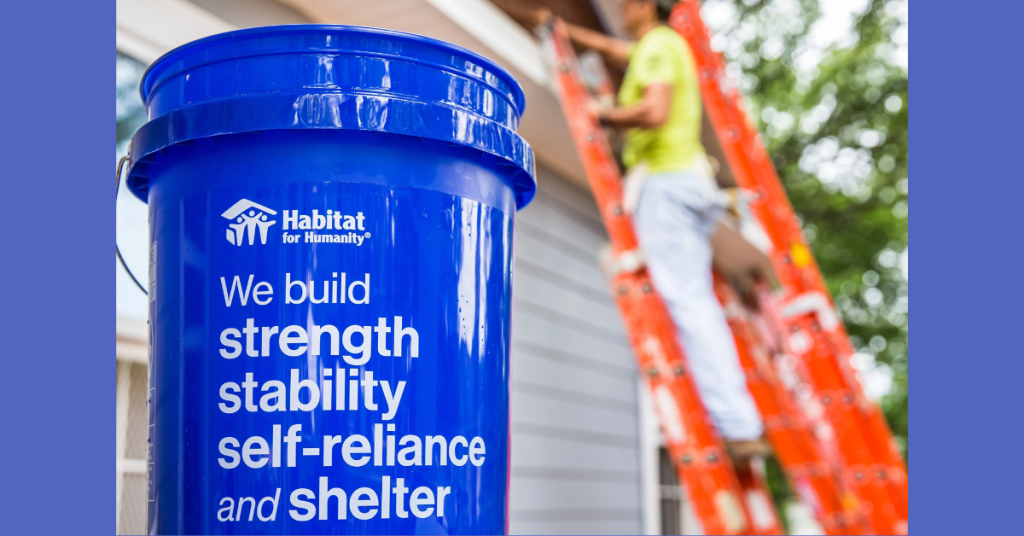Indiana has improved on key economic development criteria in recent years but has still fallen in national rankings, the influential Indiana Chamber of Commerce found in a report card Tuesday.
The chamber in August released a vision for Indiana in 2035, with 31 goals for the state’s education, entrepreneurship, economic growth, energy and infrastructure, health, quality of place and workforce.
The report cards — expected to be biannual — log progress on 59 metrics related to those goals.
Compared to previous years, the state scored better on about 67% of the metrics — but its national rankings on those metrics improved just 41% of the time.
“What that tells us is that we’re improving overall — but the progress isn’t happening fast enough, because other states are improving at a faster pace,” outgoing President and CEO Kevin Brinegar told reporters Tuesday. “We need to pick up the pace.”
Indiana’s strongest performance was a third-place ranking for the 11% of Hoosiers working in knowledge- and technology-intensive industries, like manufacturing or software development.
It came in fourth for the 63% of foreign-born Hoosiers with science or engineering bachelor’s degrees, as well as for the 10% of non-white workers who are self-employed.
And despite fears over high housing costs and low supplies, the state also came in fourth for its relatively low share — 24% — of housing cost-burdened households. These are Hoosier families who spend 30% of their income or more on housing.
But Indiana performed poorly on several education-related metrics: 40th for the 31% of Hoosiers with at least a bachelor’s degree, 40th for the 14% of residents with specific science or engineering bachelor’s degrees and 41st for the 3% of bachelor’s degree holders who moved to Indiana in the last year.
It also did poorly on public health metrics.
The state ranked 43rd for its high health insurance premiums, 43rd for the low amount — $148 — of public health dollars spent per resident and 47th for the $11,700 spent on health care per person.
Brinegar said he expected the public health spending metric to improve because lawmakers authorized a $225 million public health boost and $100 million behavioral health package in the most recent two-year budget.
Legislative leaders have said they’re aiming for a shorter session focused on tweaks instead of major changes.
Incoming President and CEO Vanessa Green Sinders said the chamber still planned to push for progress on its goals.
“There’s many ways to accomplish things. Sometimes it’s big things, sometimes it’s small things — but we need to keep moving forward,” she said. “And I think that the Indiana Chamber is committed to doing that: working together with the legislative leaders, the governor, stakeholders across the state to do that. And it’s great to have data to be able to inform those discussions.”
Caption: Outgoing Indiana Chamber of Commerce leader Kevin Brinegar talks through the organization’s latest report card for the state Dec. 12. (Screenshot of Zoom)
This article originally was published by Indiana Capital Chronicle, which is part of States Newsroom, a network of news bureaus supported by grants and a coalition of donors as a 501c(3) public charity. Indiana Capital Chronicle maintains editorial independence. Follow Indiana Capital Chronicle on Facebook and Twitter.




